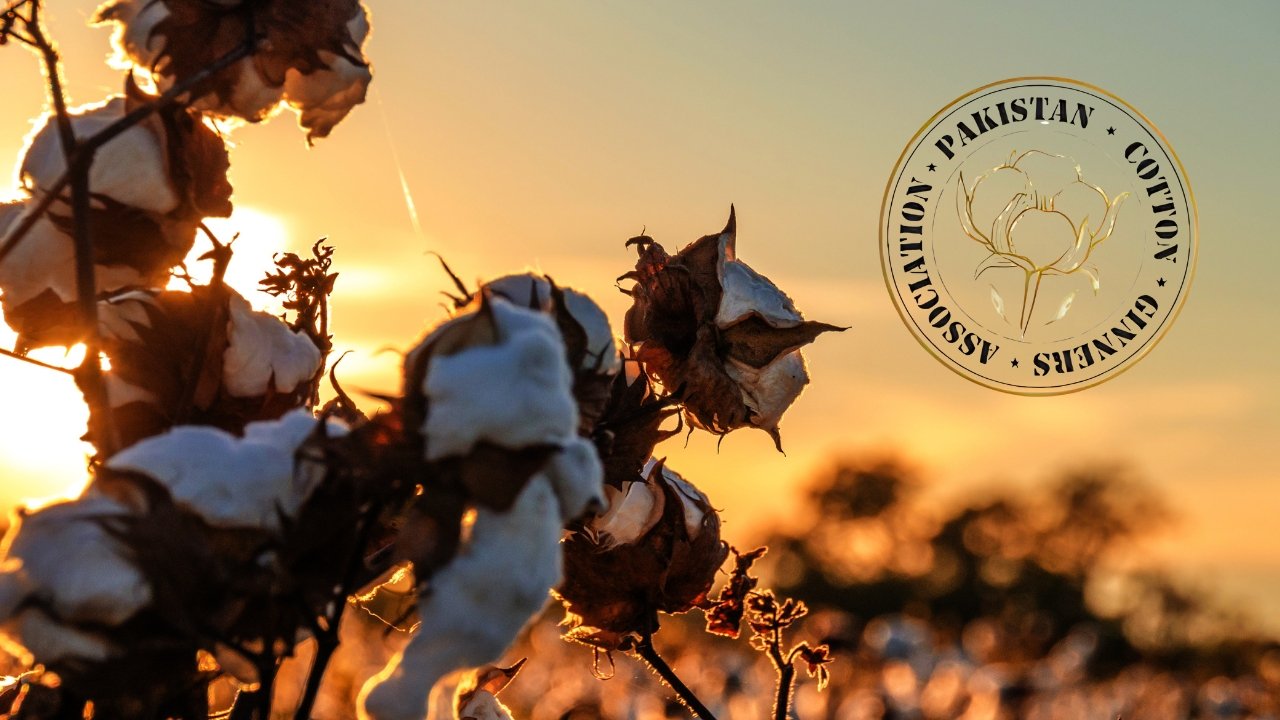Cotton farmers breathed a sigh of relief as the final bale of their successful harvest was loaded onto trucks en route to the ginning factories. After a 48 per cent decline in cotton output from last year, the first fortnight of October recorded an 8.87 per cent increase compared to the same period last year, reigniting the hopes of many in the cotton industry.
The cotton harvest crossed the one million bale mark compared to the same time last year. This increase in the yields, amounting to an extra 90 thousand bales of cotton, resulted in 184 ginning factories reopening. That is an incredible 52.27 per cent increase in the number of operational factories. The owners of these factories are set to benefit as the factories have gone from collecting dust to receiving cotton trucks.
At these factories, cotton is cleaned and refined by separating it from impurities such as leaves, dirt and, most importantly, cotton seeds. These seeds are a major byproduct of the purification process and a source of profit for the factory. If farmers manage to increase yields, factory owners can count on getting more seeds with each additional deposit of raw cotton to the factory.
The availability of these extra seeds will likely translate into an increase in the production of cottonseed oil and animal feed. This is going to spell good news for businesses involved in poultry as the increased supply of animal feed in the market will potentially result in lower feed prices for their hens.
Due to lower cotton production levels earlier in the year, import deals to bring in approximately 3 million bales of raw cotton have been formalised. However, the cotton is still not on Pakistani shores.
The wait times associated with the import of cotton by Pakistan from the United States, which sources most of Pakistani cotton imports, is a staggering 44 days. If this cotton was sourced internally from local farmers, however, this time could be cut down to just 2-3 days. Unfortunately though, farmers cannot currently scale up production to meet the domestic demand of cotton.
If cotton farmers can continue to ramp up production, the business community will not be the sole beneficiary. Pakistan has been importing billions of dollars of cotton, recently being the 5th largest importer of the raw material in 2022. If local farmers can meet domestic demand, the economy will be spared a huge import bill, thereby reducing the balance of the trade deficit, which stood at a glaring $24.8 billion in FY 2023.
October may mark the end of the woes faced by farmers this year. However, only time will tell if they can reach the level of production they enjoyed just a year prior.








